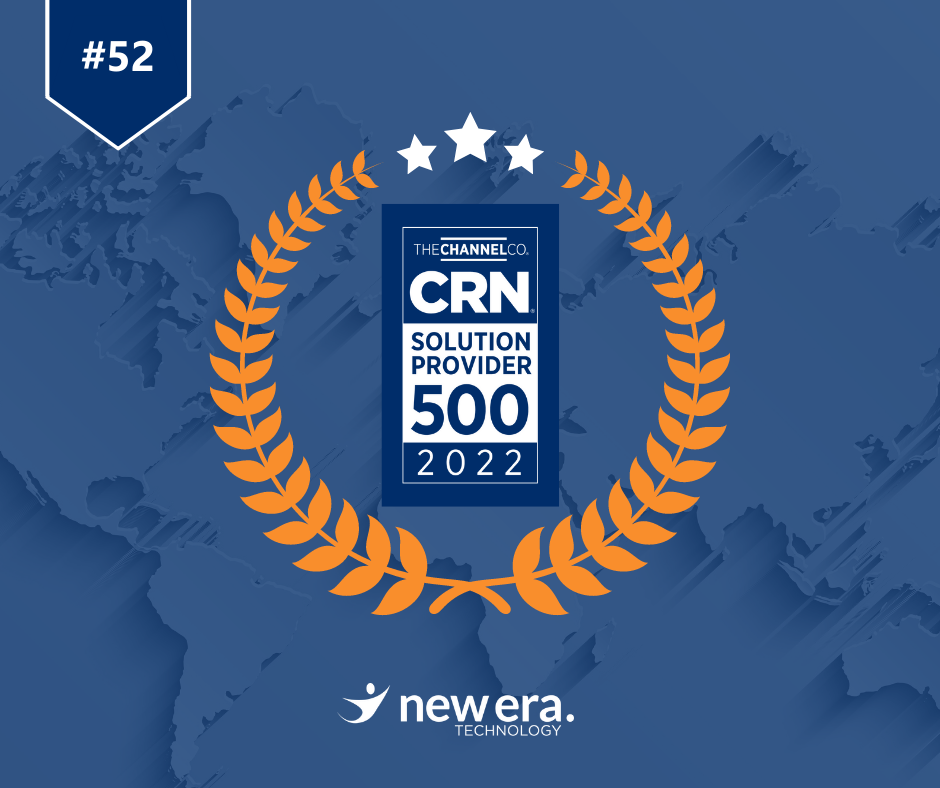Traditional perimeter-based security methods are being challenged by zero trust, which has become a crucial cybersecurity tactic. This method places a strong emphasis on confirming each person and device, wherever they may be, that is trying to join the network. Zero Trust can dramatically improve cybersecurity protections and lower the likelihood of cyberattacks. Now let’s explore the essential procedures and industry best practices for businesses wanting to implement Zero Trust.
Zero Trust Security Benefits
Enhancing protection against insider risks, strengthening security posture against emerging cyber threats, facilitating safe remote work and cloud adoption, and streamlining regulatory compliance are just a few of the many compelling advantages that Zero Trust Security offers.
Statistics on Zero Trust Adoption
- Market Growth: According to MarketsandMarkets, the global market for zero trust security is expected to reach $67.9 billion up from $31.1 billion in 2023.
- Effectiveness: Zero Trust is very effective in enhancing cybersecurity and reducing risk, according to 99% of businesses surveyed, according to Capterra.
- Cost Savings: Data breaches cost an average of $3.45 million for organizations with mature Zero Trust security architecture, demonstrating the benefits of cost savings. What would this number have been for those without zero trust?
How to Get Started
- Evaluate Current Security and Network Architecture: Start by performing an extensive evaluation of the network and security architecture that are currently in place in your company. List every system and user with network access. Determine current weak points, vulnerabilities, and possible access locations for intruders.
- Identify and Classify Assets and Resources: Identify the vital resources and assets in your network, such as the data, apps, and infrastructure elements. Sort these resources according to how important and sensitive they are to the company, think BIA (Business Impact Analysis).
- Install Identity and Access Management (IAM) Restrictions: Ensure that users and devices requesting access to resources are who they say they are. Implement strong identity and access management restrictions. Create a plan to map the data flows throughout your network to control access. This also entails putting strong password policies, role-based access control (RBAC), multi-factor authentication (MFA) and least privilege strategies and solutions into practice.
- Deploy Micro-Segmentation for Your Network: Use micro-segmentation techniques to divide your network into more manageable, isolated zones. This lessens the effect of security breaches and restricts the ability of attackers to move laterally within the network. Prior to granting devices access to the network, enforce security compliance rules.
- Utilize Continuous Monitoring and Analytics: Use analytics and continuous monitoring techniques to quickly identify and address security issues. This includes the application of behavior analytics (UEBA), security information and event management (SIEM) systems, and sophisticated threat detection algorithms using machine learning.
- Educate Staff Members on Zero Trust Principles: Inform staff members of Zero Trust Security’s tenets and their part in upholding a safe workplace. This will be a culture shift, so stress the value of maintaining appropriate online conduct, which includes staying away from dubious links and attachments and reporting security concerns as soon as possible.
How Zero Trust Prevents Cyberthreats
Reducing Excessive Privilege Risk: One of the main causes of cybersecurity events is excessive privilege risk, which is reduced with the adoption of zero trust.
- Continuous Authentication: By continuously confirming user identities, continuous authentication and authorization improve security.
- Data Protection: Zero Trust works to stop breaches, leaks, and theft of private data by emphasizing data protection.
Summary
These essential actions and recommended practices can help organizations establish a strong framework for zero trust security. The long-term advantages of enhanced security posture and resilience against cyber threats greatly exceed the expenses of implementing Zero Trust Security, even though it may involve an initial investment and effort. It is imperative to implement a Zero Trust Security approach to protect vital assets and uphold customer trust in an increasingly digitalized and networked environment.
New Era Technology & SecureBlu Can Help!
New Era’s SecureBlu portfolio of Security Services such as Managed Detection and Response (MDR) which maintains optimal security posture by continuously minimizing the attack surface and improving visibility via enhanced monitoring and response. If you want to learn more about how your organization can prevent, detect, and maintain threats through SecureBlu, please visit our MDR page for datasheets or email us at solutions@neweratech.com.

 Canada
Canada Australia
Australia New Zealand
New Zealand UAE
UAE United Kingdom
United Kingdom





